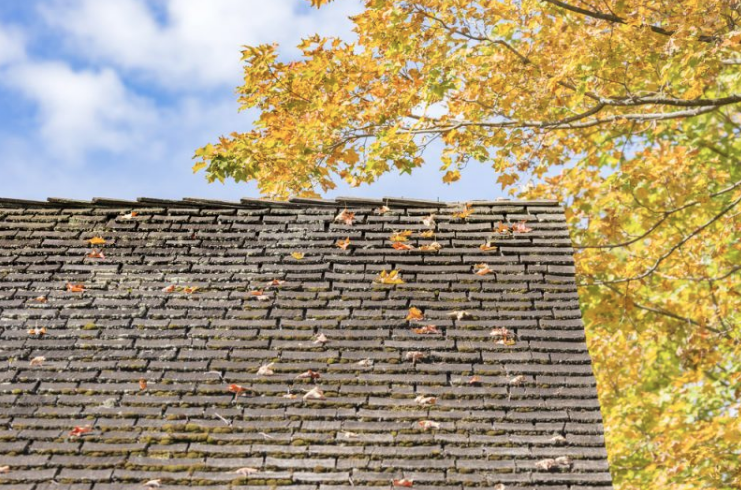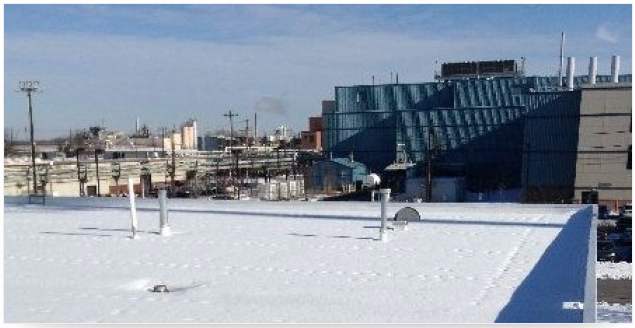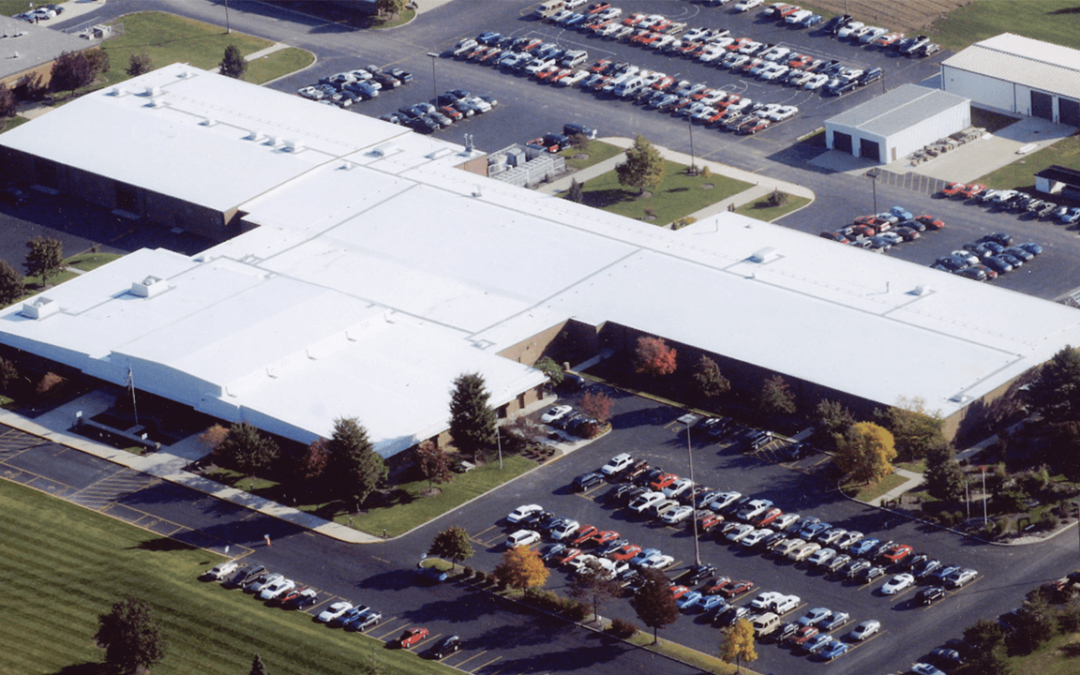Why Autumn is the Ideal Time for Roof Repairs
Working on a roof is a challenging job that is affected by height, weather and temperature. Anyone who is considering hiring a professional company for roof repair or replacement the autumn is the perfect time to do so for the following reasons:
Summer Storm Season Has Ended
The spring and summer months often bring severe weather in the form of heavy rain, hail and wind. In the fall, the weather becomes calmer and makes it easier to inspect a roof, determine if there is damage and decide which services are required for restoration. Fall is a much dryer season than summer, making it the perfect time for working on a roof. Rain has a large impact on the quality of work and may also cause significant delays.
Ideal Conditions for Shingles
The optimal temperature for roof work is about 50 degrees Fahrenheit. This is especially true for asphalt shingle installation. When temperatures are mild, the shingles get better thermal sealing, which ensures they will adhere properly and stay on the roof. In addition, cooler fall weather is more comfortable for the workers who are performing repair or installation work on a roof.
Cold Weather Challenges
If the weather becomes too cold, roofers have a difficult time installing shingles because they become brittle. This makes them likely to break under the force of a nail gun, which means workers must nail them by hand, causing significant delays and more expense. The shingles will also crack around the nail heads and the sealer will not melt to seal properly.
Proper Shingle Sealing
The biggest enemy of a roof is moisture. When roof work is done in the fall, the shingles will have sufficient time to bond with the roof and prevent moisture from entering the home. They will also provide excellent insulation from cold winter weather.
Winter Causes More Damage
If a compromised roof is not repaired in the autumn, the rain and snow during the winter season can cause holes to become bigger, leading to leaks and costly damage inside the house. Snow melts slowly and will find any pinhole . This will cause leaking in the winter.
.png)



